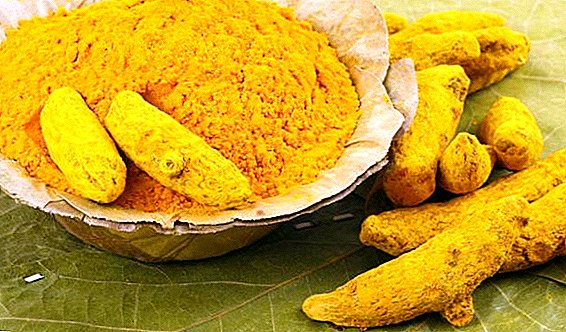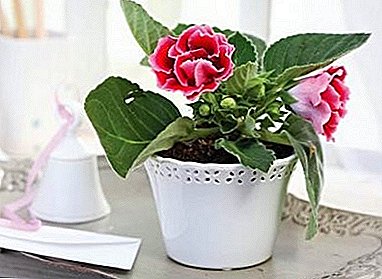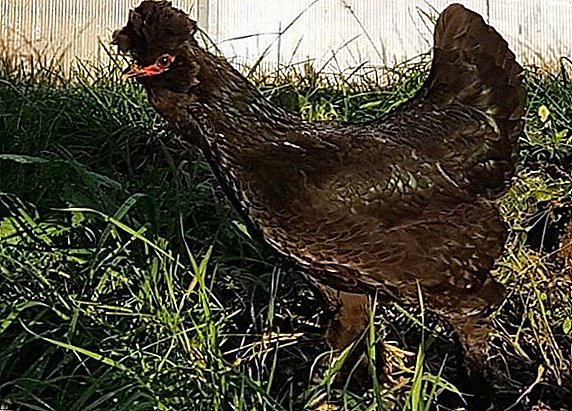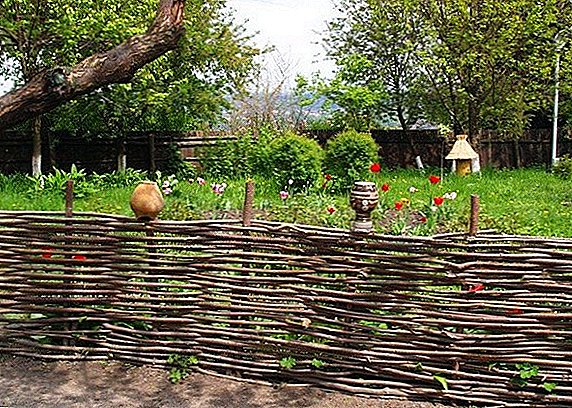 When you first see how tamarix blooms, the only word that comes to mind to describe this phenomenon is grace. It looks gracefully a small shrub with small scaly leaves and numerous shoots, bent down to the ground under abundantly blooming white or pink racemes. And when the flowers have not yet blossomed, it seems that the tree is covered with beads. The picture is truly unforgettable.
When you first see how tamarix blooms, the only word that comes to mind to describe this phenomenon is grace. It looks gracefully a small shrub with small scaly leaves and numerous shoots, bent down to the ground under abundantly blooming white or pink racemes. And when the flowers have not yet blossomed, it seems that the tree is covered with beads. The picture is truly unforgettable.
Tamarix (Latin Tamarix) - a genus of trees or shrubs. His other names are combing, bead. Homelands of the plant are the steppes and deserts of southern Europe, Africa and Asia.
In culture, the comb driver is used for several purposes: for strengthening saline soils and sands, for gardening in ornamental horticulture, for treating certain diseases in traditional medicine. Tamarix wood is used as fuel, crafts are made of it, baskets, furniture. And in the mountains of Central Asia, shrub leaves are eaten by camels. Grebenschik love beekeepers, because it is an excellent honey plant.
Did you know? Tamarix has hemostatic, analgesic, astringent, sweating, and diuretic properties. Broths and tinctures based on this plant are used for diseases of the stomach, spleen, rheumatism.
If you want such a miracle of flora, like tamariks, to settle in your country plot or in front of the window, you need to know the features of its planting and care.
How to choose tamarix seedlings when buying
Before you go to a specialized store for saplings, we recommend that you decide on the type of comb-dresser. Today the genus tamariksovyh has about 75 species. In our latitudes, four of them are most common: branched, graceful, chetyrehtychinkovy and loose.
 The first has dark green leaves with white edges. It reaches a height of 2 m. It blooms with purple, blue and crimson flowers. Duration of flowering is four months - from June to September. Heat lover. Prefers moist soil. Needs minimal care.
The first has dark green leaves with white edges. It reaches a height of 2 m. It blooms with purple, blue and crimson flowers. Duration of flowering is four months - from June to September. Heat lover. Prefers moist soil. Needs minimal care.
The inflorescences of tamarix are delicately colored bright pink. Flowering period: June-October. The shrub has a maximum height of 4 m. Practically maintenance free. Elegant tamariks among other species stands out for the highest level of winter hardiness.
The four-caulk combler is beautiful due to the contrast of small white flowers against the background of emerald foliage and dark branches. A large shrub, growing to 10 m, blooms for two months - from April to May. It tolerates temperatures up to -20 ° C.
Loose tamarisk is a large, strongly branched shrub up to 5 m in height with pink paniculate inflorescences on pedicels. Duration of flowering compared with other species is short - two months.
The easiest way to get openwork shrubs will be planting a sapling. To quickly and easily get accustomed to your site, use the recommendations for the correct choice. Sapling should be:
- young;
- low;
- with healthy shoots;
- not with bare roots.
Choosing the right place for tamarix
In order to choose a suitable site for planting combers, you need to know about the preferences of the plant. The bush loves sunshine, humidity and cannot stand moisture stagnation. Easily tolerates urban conditions. Some species in the shaded corners do not survive.
 Therefore, a well-lit area without shadow, with deep groundwater and not flooded in the spring will be the best place for planting tamarix. It can be planted both within the city and in the countryside.
Therefore, a well-lit area without shadow, with deep groundwater and not flooded in the spring will be the best place for planting tamarix. It can be planted both within the city and in the countryside.
The plant feels good on absolutely any soil, be it infertile, alkaline, saline soils. However, it needs good drainage to remove excess moisture. Also worth knowing: the best shrub grows in light sandy soil fertilized with humus.
Did you know? Comb is perennial, can reach the age of 75 years.
Planting tamarisk seedlings
The best time for planting a combeer is early spring. The pit should be dug twice as wide as the size of the roots with a clod of earth from the pot. Its depth should be a little more than the depth of the container in which the seedling has grown.  At the bottom of the pit, it is necessary to cover a layer of a mixture consisting of sand and gravel (rubble), lay a layer of wood ash and humus on top. Then gently put a seedling in a hole, straightening the root system, and sprinkle with earth. Lightly tamp. Next, the seedling must be poured abundantly.
At the bottom of the pit, it is necessary to cover a layer of a mixture consisting of sand and gravel (rubble), lay a layer of wood ash and humus on top. Then gently put a seedling in a hole, straightening the root system, and sprinkle with earth. Lightly tamp. Next, the seedling must be poured abundantly.
Leaving with knowledge
If you choose the right place for planting and are able to follow the recommended planting scheme, in the future, tamariks will not cause you much trouble in growing and maintaining. Some species under favorable weather conditions after landing do not require additional interventions at all.
Watering mode
Watering will be required only for young plants, and then sparing. After the shrub has taken root, watering should be kept to a minimum - to produce them only during particularly dry periods.
Important! Do not overfill the plant. The natural conditions to which the bush was used gave it the ability to accumulate water in the trunk in case of a prolonged drought. Therefore, its oversupply can lead to the fact that in the cold season the plant will freeze.
In early spring, it is desirable to produce mulching of the soil. Before wintering the plant is better not to water at all. 
Fertilizing and fertilizing
Fertilize the plant can be in the spring, at the beginning of the growing season. In the summer it is fed with phosphate and potash fertilizers. The shrub will be able to better assimilate minerals in the implementation of foliar feeding.
Important! When feeding a combing person, it is necessary to observe the measure. Excess fertilizer can lead to the opposite effect - low immunity in the plant.
Cropping and crown formation
In order for the plant to have a neat shape, it is possible to produce a shaping shearing. Every spring, sanitary prunings of damaged, darkened, old branches are also carried out in the spring.
Tamarix tolerates all types of pruning easily and releases young shoots very quickly. It recovers well even after complete circumcision. There are recommendations to cut the shrub completely in five years, under the stump.
Resistance to pests and diseases
 Comb is resistant to all sorts of diseases and attacks of parasites, but not one hundred percent. So, fungal diseases can cause improper care, for example, abundant watering or a strong thickening of the crown. These diseases manifest as brown spots on the branches and leaves. When these symptoms are detected, the diseased branches should be removed and destroyed (burned), the crown should be thinned out.
Comb is resistant to all sorts of diseases and attacks of parasites, but not one hundred percent. So, fungal diseases can cause improper care, for example, abundant watering or a strong thickening of the crown. These diseases manifest as brown spots on the branches and leaves. When these symptoms are detected, the diseased branches should be removed and destroyed (burned), the crown should be thinned out.
Also, infections can affect plants that have been flooded at the entrance to the winter and which branches are frozen. Such a condition of shrubs is most beneficial for the development of fungal diseases.
If in your garden there are frequent diseases of other plants, then in order to prevent tamarix, when it blooms, you can treat it with protective drugs against pests and diseases.
Preparing for the winter
Most species of tamarix tolerate cold temperatures down to -28 ° C. However, it is advisable to reinsure yourself and cover the plant for the winter. Mandatory shelter require young plants up to three years. The roots are covered with spruce leaves, peat, fallen leaves or sawdust. The barrel can be wrapped in a dense woven fabric.
Use in landscape design
Most often tamariks in landscape design is planted as a hedge. Its neighbors can be a variety of shrubs: jasmine, almond, yoshta. It goes well with lilac, barberry, kerriya, perennial herbs. To make the composition harmonious, the neighborhood should be selected, taking into account the duration and flowering period of the type of tamariks that you choose.  Also combler looks great as a solitaire. It can be planted on the slopes in the alpine hills.
Also combler looks great as a solitaire. It can be planted on the slopes in the alpine hills.
Reproduction tamarix cuttings
Tamarisk can multiply in two ways: seeds, cuttings. In the horticulture most commonly used vegetative method, since the seed is more labor intensive. How to propagate tamarix cuttings, we will tell in more detail.
To produce grafting in the fall, young but already well-woody branches 15-20 cm long and 1 cm thick are cut, which are then planted for rooting in separate containers or immediately into open ground to a depth of 0.2 m. After planting, the cuttings are well watered. Before planting, cuttings directly in the ground before the roots appear can be put into the water, adding water as it evaporates.
 Young plants rooted in the ground are transplanted to the permanent place in the spring (April) in the soil previously fertilized with humus. In the first year they need to be watered regularly.
Young plants rooted in the ground are transplanted to the permanent place in the spring (April) in the soil previously fertilized with humus. In the first year they need to be watered regularly.
It is hard to believe that such a beautiful shrub as tamariks practically does not need special conditions for growing and care. However, this is true. The harsh conditions in which it grows in the wild, made it very hardy, not demanding to the soil and the presence of moisture, winter-hardy and indifferent to strong winds, resistant to diseases and pests. In short, the dream of all gardeners, gardeners and landscape designers.












